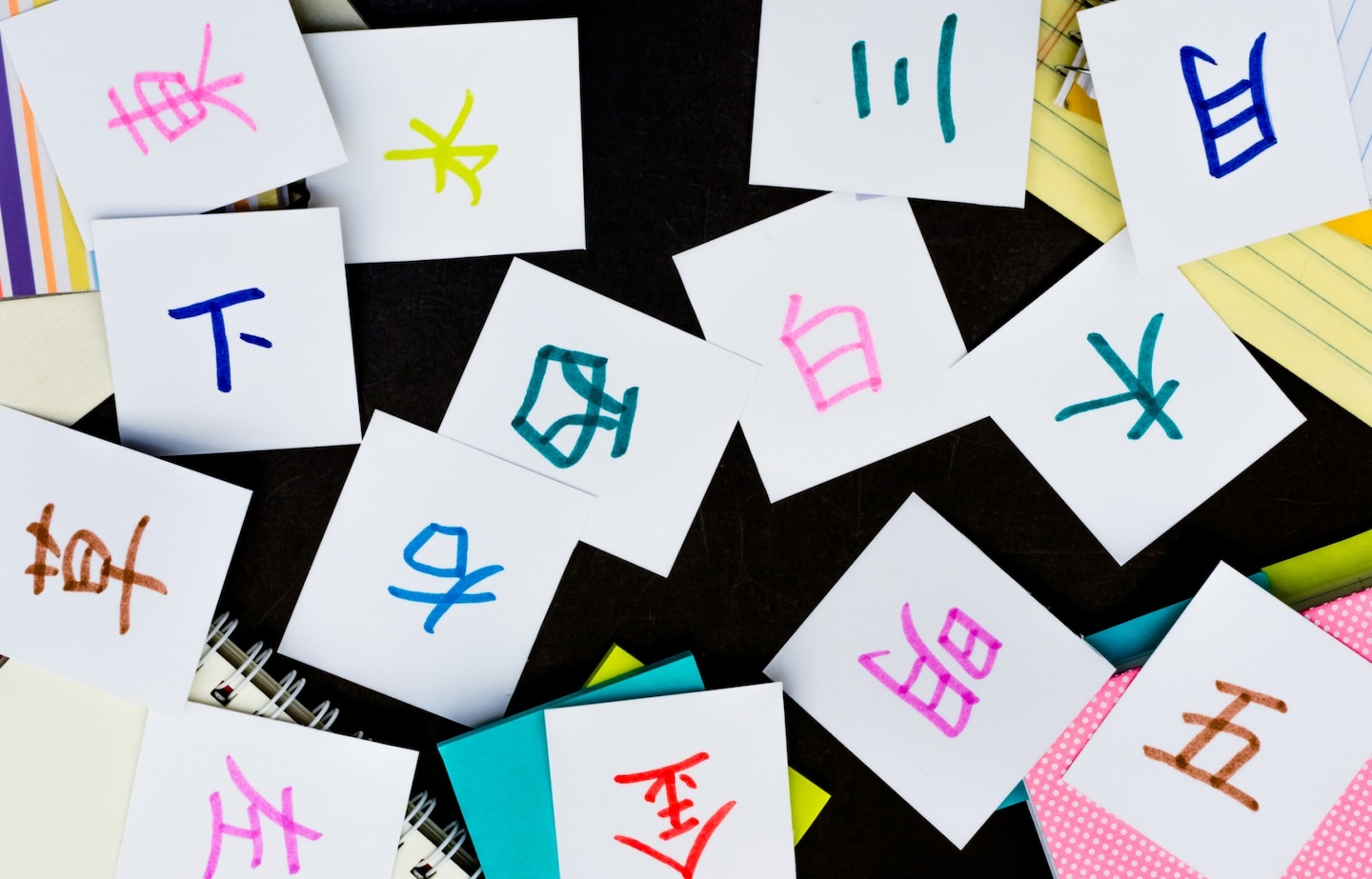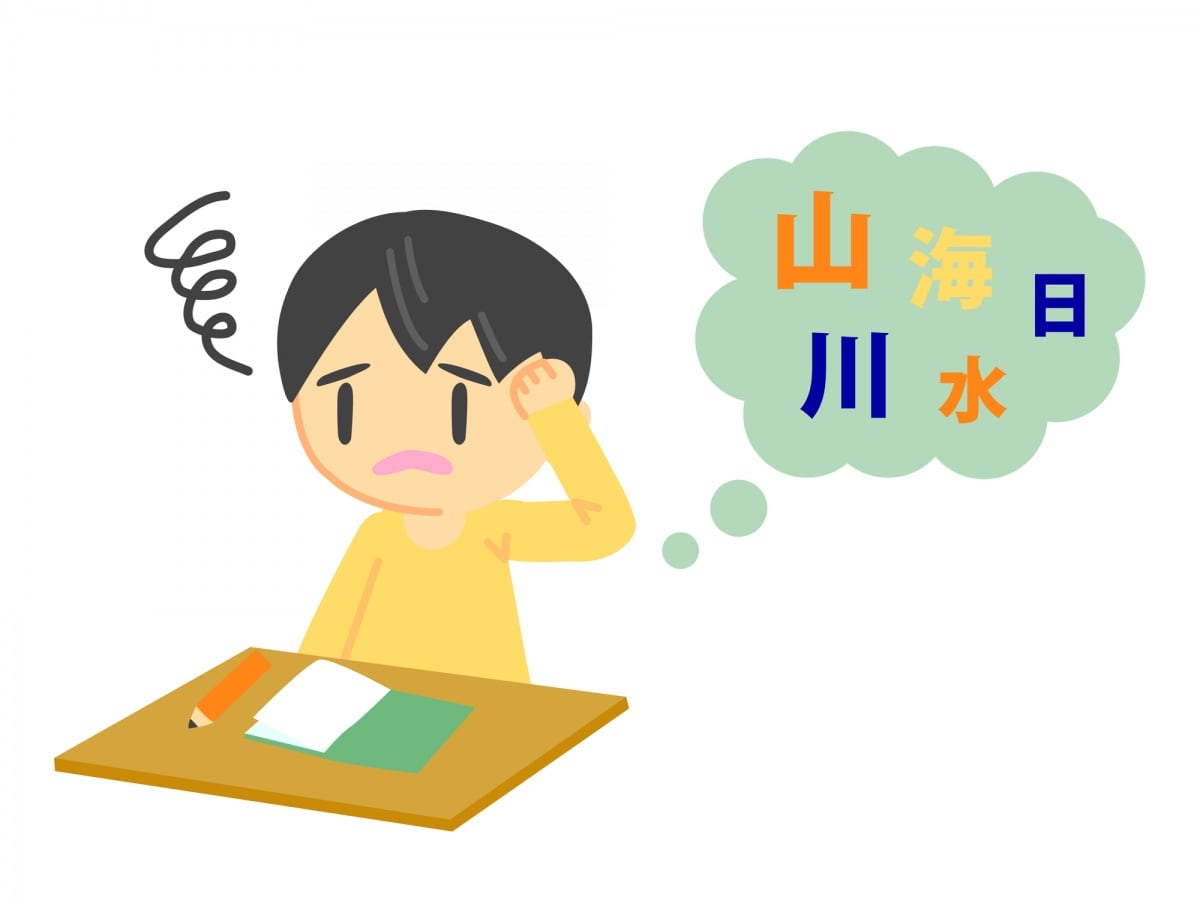How Many 'Kanji' Should You Learn?
Many people say that one of the most difficult aspects of learning Japanese is dealing with kanji, the written characters originally imported from China. There are over 2,100 general-use kanji of varying complexity, and knowing where to start (and when enough is enough!) can be incredibly challenging. But we've got some handy advice!
By Masayoshi Sakamoto (坂本正敬)How Many 'Kanji' Should You Memorize?
First, let's start with a simple question: how many kanji are used in the Japanese language? I was born in Japan and I'm a professional writer for a number of publications, but even I don’t know the correct answer. I can only guess, though I know that I can read and write “many” kanji characters. For reference on the sheer scope, the Dai Kan-Wa Jiten contains over 50,000 character entries (and 530,000 compound words!), which is a lot even by Japanese standards.
With such a huge amount, you might assume you'd have to learn 10,000 or so just to even try to get by. But at schools in Japan, students only learn 1,006 kanji characters during their elementary school years, and another 1,000 or so are taught throughout secondary education. And sure, mastering those 1,006 kanji is no small task—especially since they have kun-yomi native Japanese readings, and on-yomi readings borrowed from Chinese—but if you can manage to recognize, read and write them all, you'll be able to navigate life in Japan with relatively little muss or fuss.
Characters VS Compounds
It might seem like learning 1,006 kanji characters wouldn't be enough to get by in daily life. But kanji characters are often combined to create entirely new words! It helps to think about it like this; kanji are comprised of small units called radicals (bushu, in Japanese). If radicals are like letters, then kanji are like words. Two or more kanji can be combined to create compound words (called jukugo in Japanese). And the cool thing is that once you learn enough kanji, it becomes possible to intuit the meaning (and if you're really good, the reading!) of jukugo compound words! Let's look at a couple of examples.
This kanji, 空, has several kun-yomi readings, including sora, a, kara, su and muna. It also has a single on-yomi, kuu. It generally means "empty" or "sky," and first grade elementary school students in Japan learn it. 青, on the other hand, has the kun-yomi ao, and two on-yomi—sei and sho. In English it means "blue," (though "green" is sometimes more appropriate) and first grade students learn this character as well. When combining 青 and 空, you can easily make yourself learn a new compound word: 青空, ao-zora, which means "blue sky."
Let's say you also learn another character from first grade, 手, which means "hand." It has kun-yomi readings of te and ta, and on-yomi readings of shu or zu. You can combine 空 (kara) and 手 for karate, the Japanese martial art of the same name! If you also memorize yet another first grade kanji, 天—which has kun-yomi readings of ama or ame, and the on-yomi reading, ten—you can easily make other compound words, like 青天 (seiten, or "fair weather") and 天空 (tenku, which has a bit more conceptual meaning of "the skies" or "the heavens").
And the list goes on and on! Even with just a few simple examples, it's plain to see that combining characters into compound words greatly increases your your vocabulary. A helpful rule of thumb is that, generally speaking, compound words are going to utilize the same type of reading for each kanji character, so it'll be kun-yomi + kun-yomi or on-yomi + on-yomi.
Recognizing Radicals in 'Kanji' & 'Kanji' in Compounds
A useful tool in expanding your vocabulary and kanji beyond the 1,006 learned in elementary school is to learn to to recognize the radicals that make up individual characters, and the characters that make up compound words. This is easier than you'd think, because many characters (though by no means all) are ideograms meant to represent real-world objects or ideas. Let's look at a few examples to illustrate what I mean.
日 is another first grade kanji that means "day" or "sun." It has several kun-yomi readings (hi, bi and ka) and a couple of on-yomi readings (nichi and jitsu). Its ancient form was a bit more circular, and was said to depict the sun. Then there's 月, another first grade character that means "month," or "moon." It has one kun-yomi, tsuki, and two on-yomi, getsu and gatsu. Its ancient form looked a bit like a crescent moon.
Although these two characters function as individual kanji, they can also work as radicals! When their powers combine they become 明, which means "bright," or "light." Combine that character with "day," from above and you get 明日, which means "tomorrow."
Now let's look at it at a more micro level. For this next point, it's important to note that unlike kanji, radicals don't have associated pronunciations, and aren't ideograms, but do sometimes have associated meanings.
Sixth grade elementary school students have to learn 痛, which means "hurt" or "pain," and has the kun-yomi, ita, and the on-yomi, tsu. One of the radicals that makes up that specific character is 疒, and this radical relates to sickness. Even if you aren't able to read the following characters, if you can recognize that specific radical inside each character, you can safely intuit that they're related to sickness; 病 (sick), 疹 (measles), 疲 (tired), 痰 (phlegm) and more.
Now let's sum everything up!
・Radicals combine to form individual kanji characters.
・Some kanji characters are ideographs made to represent real-life objects.
・Some radicals are associated with certain concepts (like sickness), though many aren't.
・Kanji can function as radicals for more complex characters.
・Kanji characters can be combined to form compound words.
・Compound words typically use the same type of reading for its component characters.
And that's just scratching the surface! By learning the same amount of characters as Japanese elementary school students and a little digging, you can equip yourself with the tools to delve even deeper into the language, and navigate life in Japan. Check out our other articles for more useful tools on learning Japanese!







